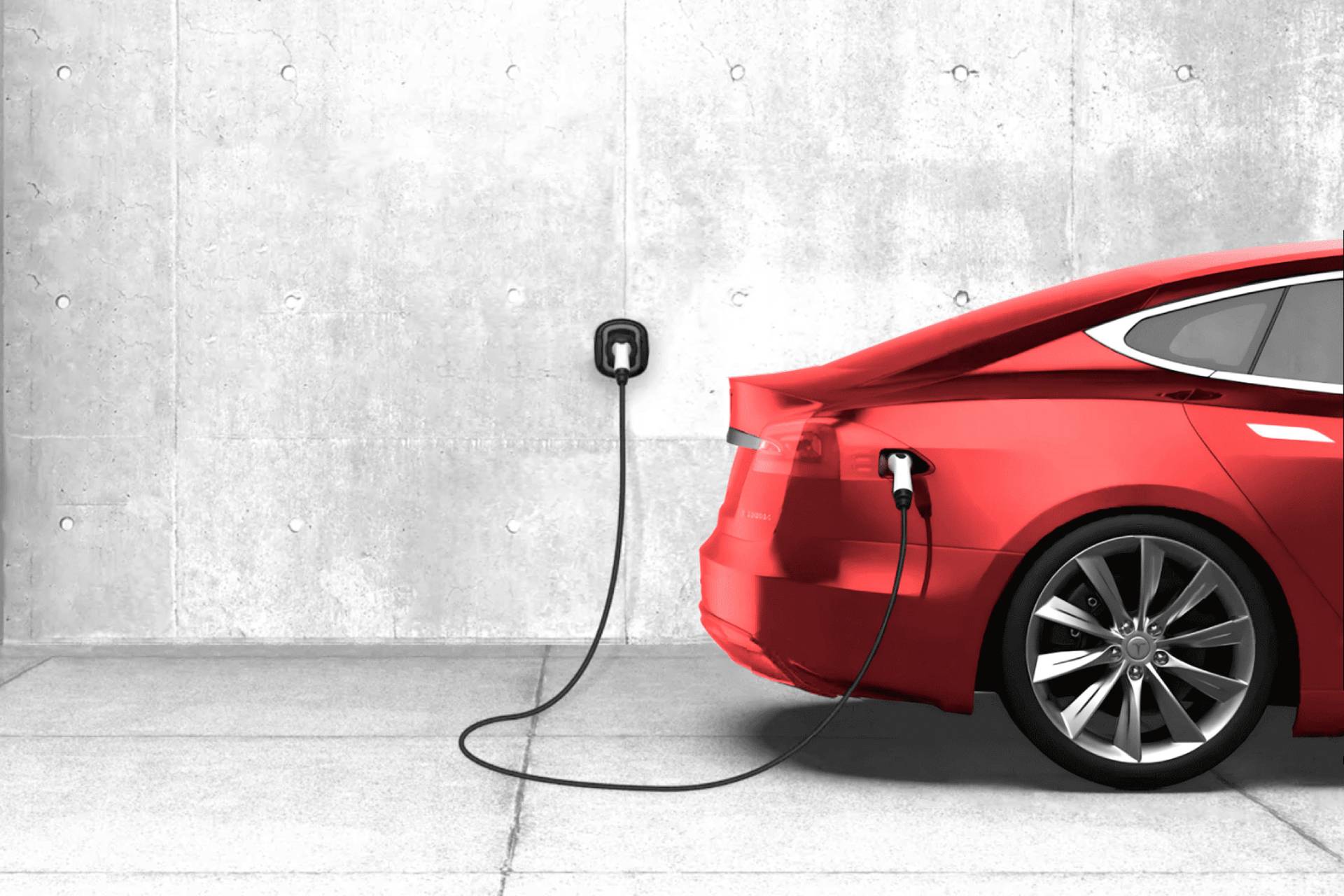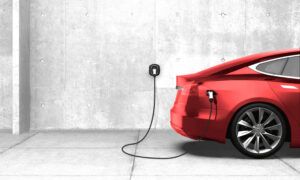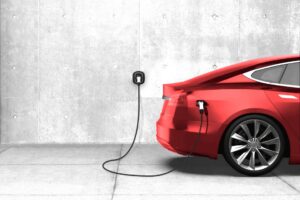When it comes to embracing the future of transportation, installing an Electric Vehicle (EV) charger at home is a pivotal step for any EV owner. Not only does it provide the convenience of charging your vehicle from the comfort of your home, but it also ensures you are ready for the road ahead with a full battery. However, before you proceed with installation, there are several key factors to consider to ensure that your EV charging station fits your lifestyle and your vehicle’s needs. Here are the top seven things to take into account:
1. Understanding Your Vehicle’s Charging Requirements
Different EVs have varying power needs and connector types. It’s important to understand the specifications of your EV, such as its onboard charger’s maximum rate of charge, to select a compatible home charging station that can deliver the correct power output efficiently.
2. Evaluating Your Current Electrical System
Your home’s existing electrical system must be evaluated to ensure it can handle the additional load of an EV charger. This might require a professional assessment to determine if your electrical panel needs an upgrade, especially in older homes that might not meet the power requirements of current EV chargers.
3. Choosing the Right Type of Charger
EV chargers come in different levels. Level 1 chargers can be plugged into a standard outlet, offering a slow charge, while Level 2 chargers require a higher voltage but provide faster charging times. Assess your vehicle’s needs and your daily mileage to determine which charger level best suits your lifestyle.
4. Considering the Location and Space
Think about where your EV charger will be installed. The location should be conveniently accessible, have enough space for the vehicle to park, and the charger should be mounted where it can easily reach the vehicle’s charging port. Outdoor installations also require chargers that are durable and weather-resistant.
5. Planning for Future EV Purchases
If you plan to buy more EVs in the future or expect to have guests with EVs, consider installing a charger that supports higher power delivery or has dual charging ports. This forward-thinking approach can save you from needing upgrades down the line.
6. Looking Into Permits and Regulations
Before installation, check with your local municipality for any permits or specific regulations regarding EV charger installations. Some regions have guidelines on the type of equipment you can use or installation requirements to ensure safety and compliance with local codes.
7. Analyzing Costs and Incentives
The cost of purchasing and installing an EV charger can vary significantly. It’s essential to budget not only for the charger but also for any additional electrical work required. Additionally, explore federal, state, and local incentives or rebates that could offset the installation costs.
By considering these seven crucial factors, you can ensure a smooth and efficient transition to home EV charging. This preparation not only enhances your EV experience but also supports sustainable living. It’s an investment that not only benefits you and your vehicle but also contributes to a greener future. When you’re ready to install an EV charger at home, choose a certified electrician and a reputable charger manufacturer to guarantee a safe and reliable setup for your electrified commute.



